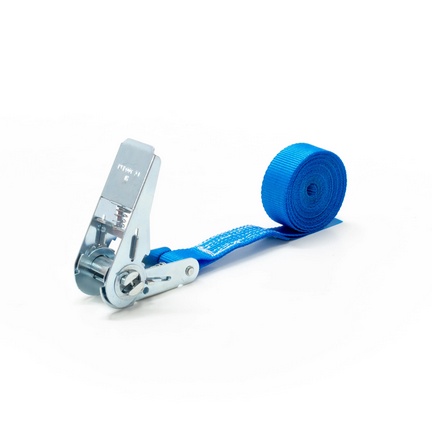Introduction:
In the world of logistics and transportation, ensuring the safe and secure transport of cargo is paramount. Cargo straps have emerged as essential tools for maintaining stability and preventing shifting during transit. This comprehensive guide takes a deep dive into the realm of cargo straps, exploring their types, applications, and the benefits they bring to the transportation industry. From securing loads on trucks to stabilizing shipments on vessels, understanding the intricacies of cargo straps is crucial for ensuring a smooth and secure journey for goods in transit.
Understanding Cargo Straps:
-
Types of Cargo Straps: Cargo straps, also known as tie-down straps or ratchet straps, come in various types, each tailored to specific applications. Common types include ratchet straps, cam buckle straps, and over-center buckle straps. The choice of cargo strap depends on factors such as load weight, the type of cargo, and the mode of transportation.
-
Ratchet Straps: Ratchet straps are a popular and versatile choice for securing cargo. They typically consist of a webbing material and a ratcheting mechanism that allows users to tighten the strap securely around the load. Ratchet straps provide a high level of tension and are suitable for heavy loads that require a tight and secure hold.
-
Cam Buckle Straps: Cam buckle straps utilize a cam buckle mechanism for tensioning. These straps are known for their ease of use, allowing users to quickly and securely tighten the strap by threading it through the cam buckle. Cam buckle straps are suitable for lighter loads and are commonly used for applications where rapid and frequent adjustments are needed.
-
Over-Center Buckle Straps: Over-center buckle straps feature a buckle that locks into place over a center bar, providing a secure and stable hold. These straps are easy to operate and are often used for medium to heavy-duty applications. Over-center buckle straps offer a reliable and quick way to tighten and secure cargo for transportation.
Applications and Benefits of Cargo Straps:
-
Securing Loads on Trucks: One of the primary applications of cargo straps is securing loads on trucks during transportation. Whether it's palletized goods, construction materials, or machinery, cargo straps play a crucial role in preventing shifting and ensuring that the load remains stable and intact throughout the journey.
-
Stabilizing Shipments on Vessels: Cargo straps are widely used in maritime transportation to stabilize shipments on vessels. The dynamic conditions at sea can subject cargo to significant movement, making it essential to use reliable straps to secure items to prevent damage or loss during transit.
-
Aircraft Cargo Restraints: In the aviation industry, cargo straps are utilized to secure and restrain cargo within aircraft holds. These straps ensure that items do not shift during takeoff, landing, or turbulence, contributing to the safety of both the cargo and the aircraft.
-
Preventing Damage in Rail Transportation: Rail transportation involves the movement of heavy and bulk cargo. Cargo straps are employed to prevent damage by securing items in place, reducing the risk of shifting and impacting during the train journey.
Benefits of Cargo Straps:
-
Enhanced Safety: The primary benefit of cargo straps is the enhanced safety they provide during transportation. By securely fastening the load, cargo straps prevent shifting, reducing the risk of damage to goods and mitigating the potential for accidents or injuries during unloading.
-
Compliance with Regulations: Cargo straps contribute to compliance with transportation regulations, which often mandate the use of proper securing methods for various types of cargo. Adhering to these regulations not only ensures the safety of the shipment but also prevents legal repercussions for non-compliance.
-
Cost-Effective Load Securement: Cargo straps offer a cost-effective solution for load securement compared to other methods. Their reusability and durability contribute to a lower total cost of ownership, making them a practical choice for businesses looking to optimize their transportation budget.
-
Versatility for Different Cargo Types: Cargo straps are versatile and can be used for securing a wide range of cargo types, from small and delicate items to large and heavy machinery. This adaptability makes cargo straps a go-to solution for various industries involved in transportation and logistics.
Conclusion:
Tightening the load for safe transportation is made possible through the use of cargo straps. Whether it's securing loads on trucks, stabilizing shipments on vessels, or restraining cargo in aircraft or trains, the versatility and reliability of cargo straps play a vital role in the logistics and transportation industry. The benefits of enhanced safety, regulatory compliance, cost-effectiveness, and versatility make cargo straps an indispensable tool for businesses aiming to ensure the secure and efficient transport of goods. In conclusion, navigating the world of cargo straps is the key to tightening the load and guaranteeing a safe journey for shipments across different modes of transportation.


No comments yet